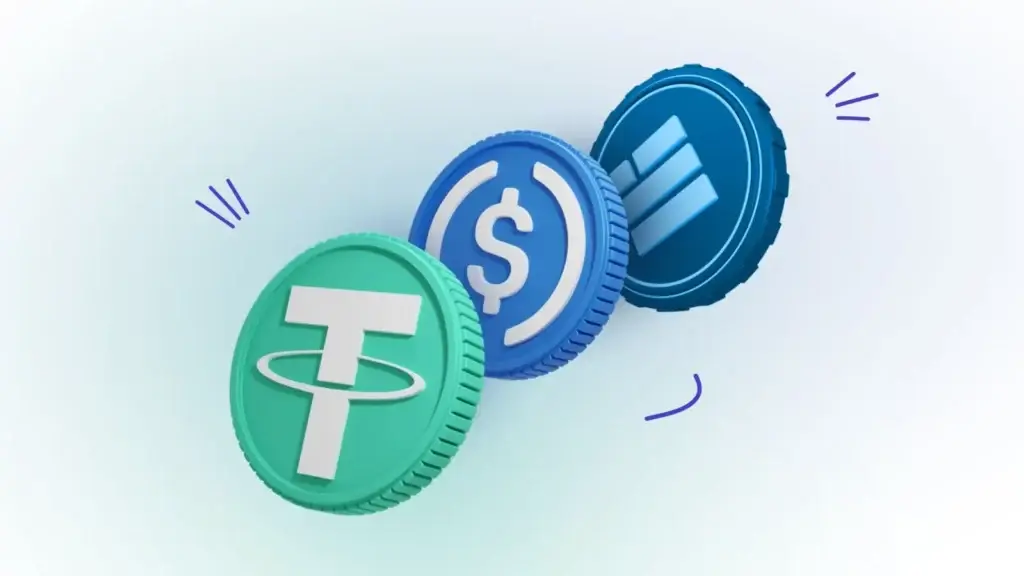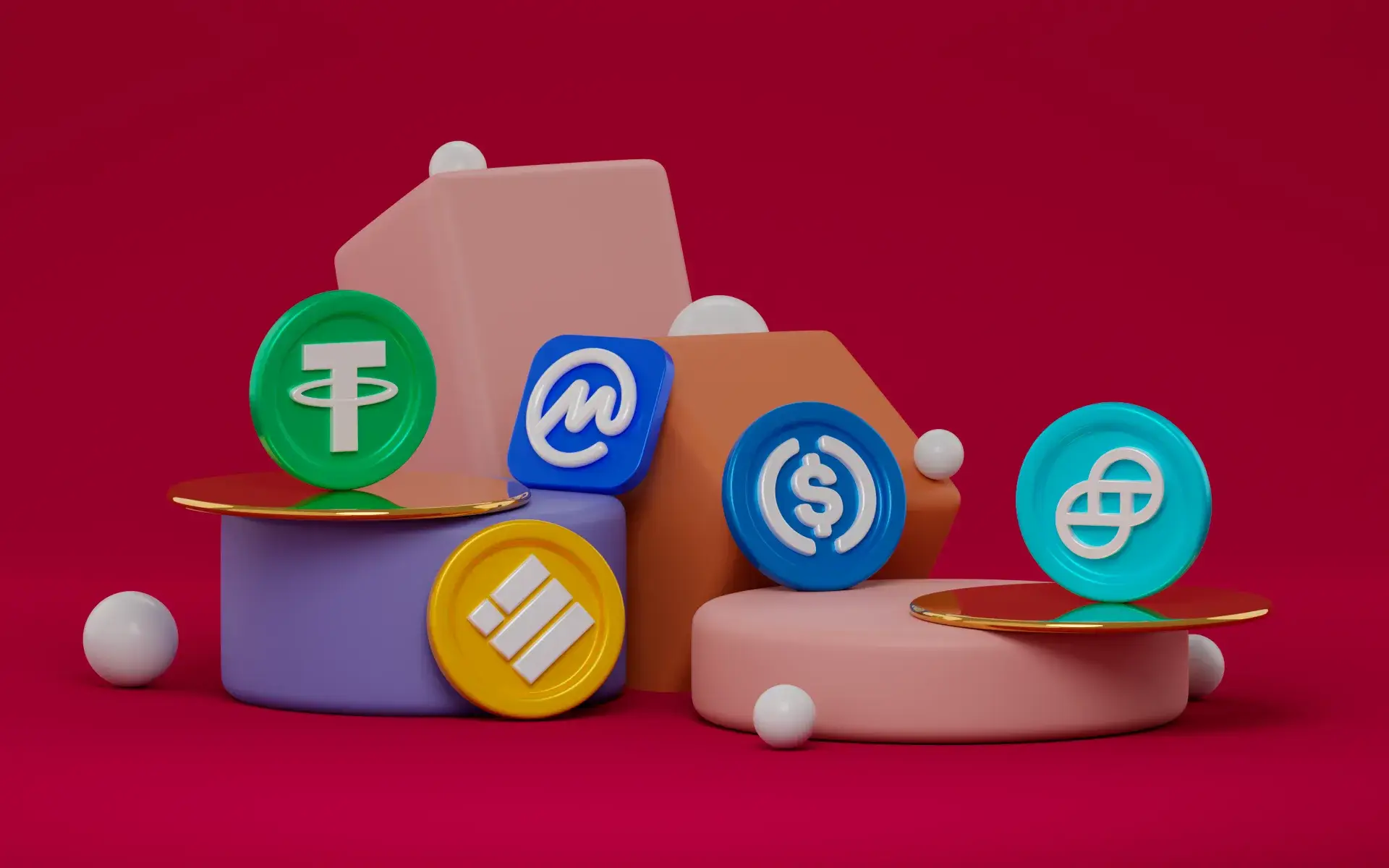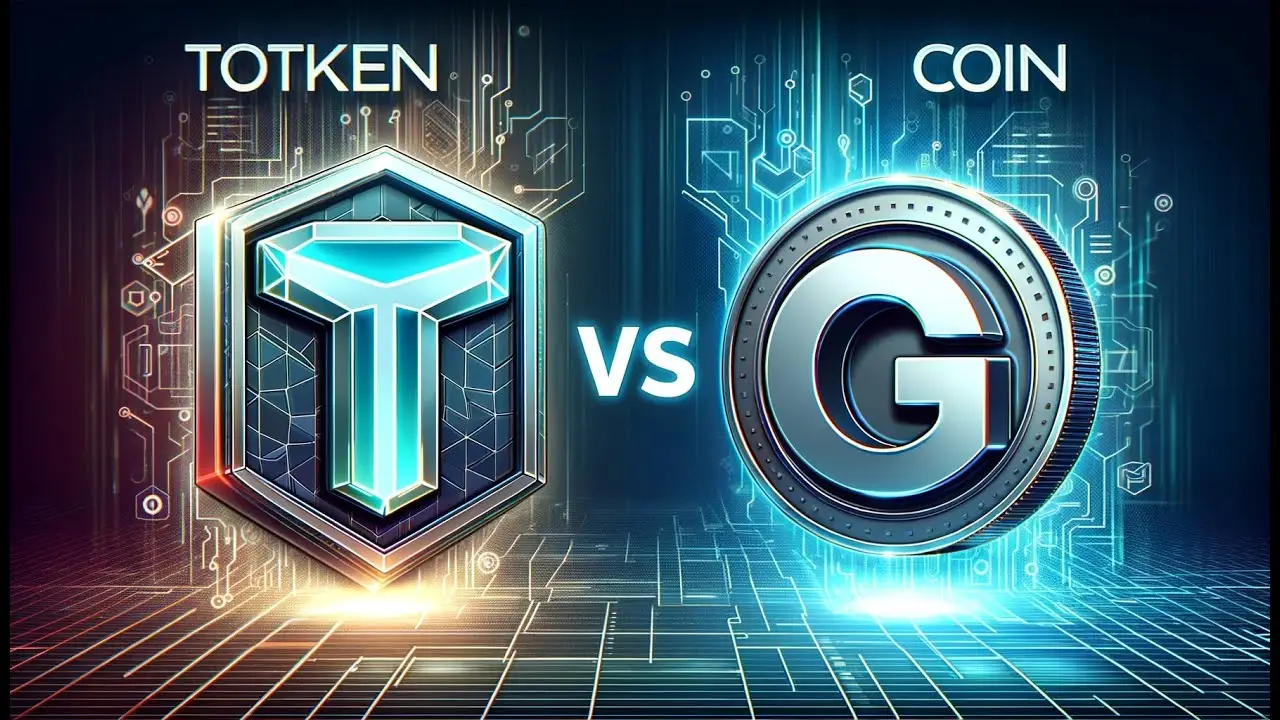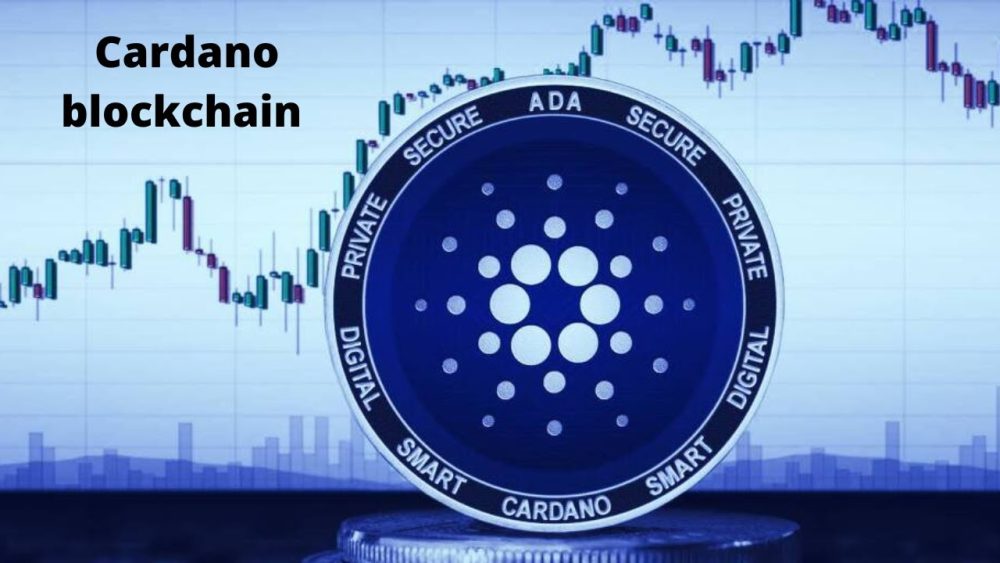Cryptocurrencies are known for their high volatility, but there are exceptions. Stablecoins are digital assets that are pegged to a stable currency, such as the dollar. They are designed to provide a more predictable value and protect savings from sudden market fluctuations.
In this article, we will explain in a simple way what stablecoins are and why they are a valuable asset worth considering.
Why traditional currencies are no longer enough
Imagine traveling to another city and needing to transfer money to buy a house. If you transfer money through traditional banks, you may encounter several problems. First, the translation period is long. Second, possible assignments. But most importantly, you are at risk due to exchange rate fluctuations.
Now it is worth returning to the question of why stablecoins are needed and what they are in simple terms. It is a financial instrument that is not subject to exchange rate fluctuations like fiat money and does not raise concerns about changes in exchange rates like cryptocurrencies. These digital assets offer stability because their value is directly linked to the value of a trusted currency, such as the US dollar. It is stable despite inflation, and cryptocurrencies such as USDT help users protect their money from volatility. This means that if the dollar is worth 1, a dollar-based stablecoin will always be worth 1 dollar, regardless of what happens in the market.
Stablecoins allow users to transact and protect themselves from inflation without having to worry about large price fluctuations. They have become especially popular in cryptocurrency ecosystems, where high volatility can be a serious problem for traders and investors.
What types of stablecoins exist, and how do they differ?
There are three main categories:
- Backed by fiat currencies. An example is USDT (Tether), which is pegged to the US dollar. The value of each token is always equal to one dollar.
- Backed by cryptocurrencies. Simply put, these stablecoins are assets backed by cryptocurrencies (ether or bitcoin). One of the most notable representatives of this type is DAI. The advantage of this approach is that the risks associated with fiat currency inflation are reduced while maintaining a peg to a stable price.
- Algorithmic stablecoins. They are not backed by any assets, but are stabilized by algorithms that regulate the number of coins in circulation based on demand. An example is Ampleforth (AMPL), which uses complex mechanisms to balance value.
How stablecoins work: We explain in a simple way and with examples what happens in such a process.
A stablecoin is a cryptocurrency with a guaranteed price. Since the assets are pegged to fiat currencies, their value will not fluctuate as much as Bitcoin or Ethereum. For example, if Bitcoin suddenly drops in value by 10% in one day, the stablecoin will remain stable.
How does this work? When USDT is pegged to the dollar, its value is adjusted to always remain at 1 USD. If the price of a token drops below the threshold, new stablecoins are automatically added to the market to bring the price back to the right level. If the price rises, the tokens are burned to reduce the supply and bring the price back to the dollar level. Constant adjustment maintains stability.
Stablecoin and USDT: What is the Connection?
USDT (Tether) is one of the most popular stablecoins that, simply put, is backed by the US dollar. Each token is pegged to the real value of the dollar, making it a useful tool for crypto transactions.
If you want to transfer money or exchange money safely without the risk of losing money due to exchange rate fluctuations, you can use USDT. Stablecoins have become indispensable for traders and investors because they minimize the risk associated with volatility. For example, during periods when the cryptocurrency market is down, many investors move their holdings to Tether to protect their funds from the downturn.
What are the risks of using stablecoins, and should I be afraid of them?
 Like any financial instrument, digital assets are not without risk. First, there is the possibility of depreciation. Stablecoins are pegged to fiat currencies and their stability depends on the economic situation. If the US dollar loses value significantly, currencies pegged to the dollar will also lose value.
Like any financial instrument, digital assets are not without risk. First, there is the possibility of depreciation. Stablecoins are pegged to fiat currencies and their stability depends on the economic situation. If the US dollar loses value significantly, currencies pegged to the dollar will also lose value.
Second, there is a legal risk. In some countries, governments impose restrictions on the use of cryptocurrencies, including stablecoins, or even ban their use altogether. In Russia, for example, possible measures to regulate cryptocurrencies are already being discussed to prevent circumvention of the law.
Another risk associated with stablecoins is their potential volatility. Although tokens are pegged to fiat money, they are subject to price fluctuations depending on various factors.
Stablecoins and Russian law: what you need to know
This is a rather complicated topic. In Russia, cryptocurrencies are currently not adequately regulated. Although in recent years there has been discussion about the possibility of adopting new laws that would legalize the use of cryptocurrencies in financial transactions.
Currently, the Russian authorities do not officially recognize stablecoins as a legal form of payment, but many entrepreneurs and individuals are increasingly using them to make payments in crypto transactions.
Where and how stablecoins can be used in real life
The use of stablecoins is becoming increasingly popular in various sectors. For example, cryptocurrency exchanges are actively using them to minimize exchange rate fluctuations during the transaction process. Assets are also used to make payments in online games and on various platforms, such as Amazon and eBay, where cryptocurrencies are accepted.
In addition, financial instruments are increasingly used for transfers between countries, due to their low costs and instant settlement. In Venezuela, Turkey and other countries where traditional currencies are losing value, stablecoins are becoming a way to save money and make payments.
Stablecoins as an alternative to traditional currencies
The future of digital money looks promising. They are now starting to take a significant position in cryptocurrency systems and their use could have a major impact on the financial markets. Simply put, stablecoins are more reliable instruments that can become an important part of the global financial ecosystem, even in everyday transactions, as they help avoid the inflationary risks inherent in traditional currencies.
In the coming years, we expect to see coins increasingly used for everyday payments as an alternative to bank cards and e-wallets. In Russia, for example, the introduction of digital assets at the state level is already being discussed, which will give new impetus to the use of stablecoins in various sectors of the economy, from trade to services. Predictions indicate that this technology will become an integral part of the global financial infrastructure in the future.
Let’s summarize
 The answer to the question “what is a stablecoin?” It can be the following: Simply put, it is a cryptocurrency whose value is linked to a stable currency, which guarantees its reliability and protection from sudden fluctuations. Unlike traditional money, instant transfers and low fees are possible, which makes them convenient for international transactions. The emergence of stablecoins not only broadens the horizons of financial technologies, but also helps to overcome many problems inherent in modern economic systems.
The answer to the question “what is a stablecoin?” It can be the following: Simply put, it is a cryptocurrency whose value is linked to a stable currency, which guarantees its reliability and protection from sudden fluctuations. Unlike traditional money, instant transfers and low fees are possible, which makes them convenient for international transactions. The emergence of stablecoins not only broadens the horizons of financial technologies, but also helps to overcome many problems inherent in modern economic systems.
 en
en  ru
ru  de
de  ar
ar  es
es  nl
nl  hi
hi  fr
fr  it
it  pt
pt  el
el 



